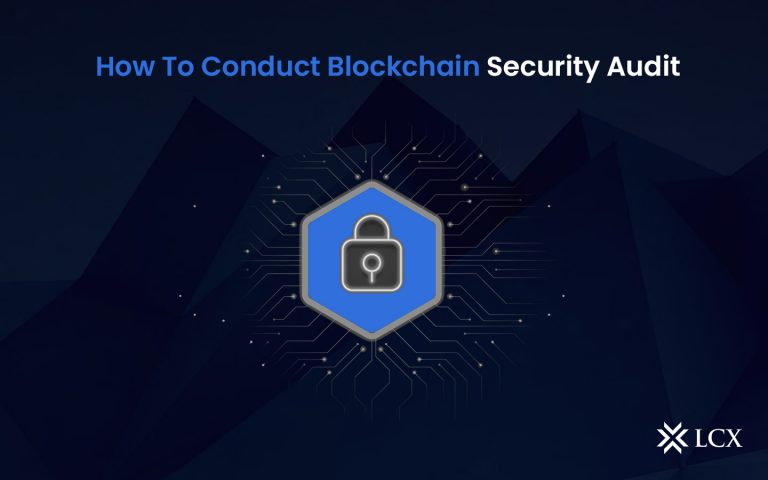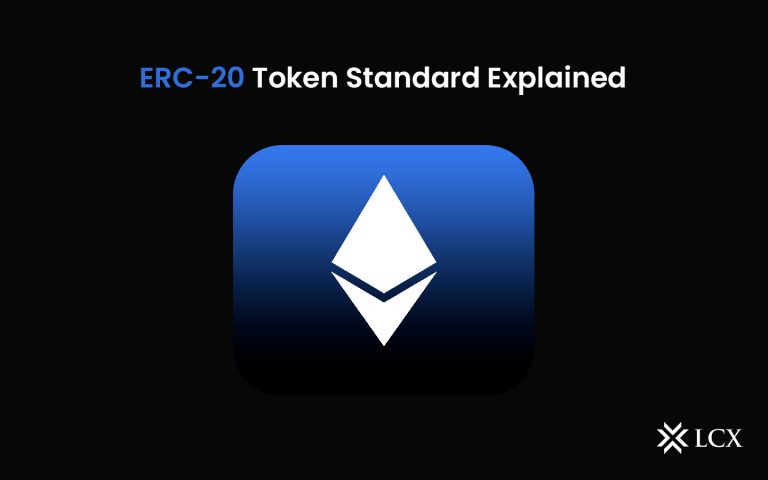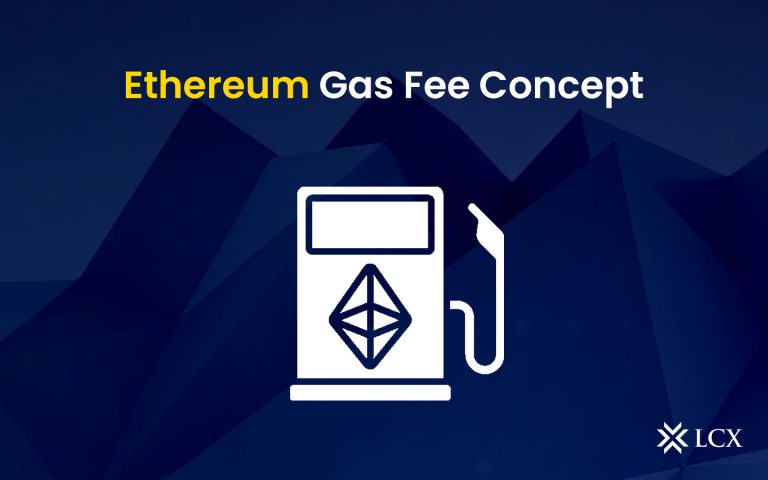Tokenization has the potential to radically transform how assets are owned, utilized, and monetized, thus revolutionizing the financial landscape.With the rise of asset tokenization, it is possible to create a wide range of new financial products, enabling every individual and organization, irrespective of wealth or size, to broaden their entire investing portfolio on a worldwide platform.
Tokenization is one of the best ideas to evolve from the blockchain and finance industries. It is gaining popularity in many fields, including real estate, the arts, and even sports.
All of this is made possible by blockchain technology, which offers a transparent and secure method of storing and exchanging digital assets. Token owners can get dividends or other benefits related to the underlying asset by using smart contracts. This approach to asset investing is more cost-effective and effective than more conventional approaches.
Applications of Tokenization
Real Estate: The rise of asset tokenization has altered how real estate is acquired by investors. Tokenization enables investors to buy partial ownership of real estate assets, increasing the pool of people who can invest in real estate. By storing all significant data about the asset on the blockchain, tokenization also offers a safer and more transparent approach to investing in real estate.
With the help of the Ethereum blockchain, it is feasible to create digital assets that contain transaction histories and ownership rights. The rules for ensuring that the processes for establishing, distributing, and transferring assets meet regulations are also included in the tokens.
For instance, real estate tokenization may focus on implementing rules to guarantee that tokens are only transferred to designated entities.
Art: The art market is undoubtedly changing as a result of tokenization. Art has typically been seen as a luxury asset class that is exclusively available to the privileged. The most well-known application of asset tokenization is NFTs. There are more chances for consumers to invest in art now because of the rise of asset tokenization, which allows investors to buy fractional ownership of works of art.
Additionally, it increases the level of clarity in the art market, making it simpler to confirm the legitimacy of the artwork.
Sports: The world of sports has also been affected by tokenization. Tokenization enables sports teams and leagues to offer ownership shares to fans, giving fans a new avenue for investing in and supporting their preferred teams. This enables teams to raise money without depending on conventional fundraising techniques.
Tokenizing precious metals and stones: The use cases of tokenization for precious metals and stones like gold, diamonds, etc. are reasonably valid due to the relative illiquidity of the precious metals market. Giant business companies may try to resolve bilateral agreements in illiquid markets while promoting information gaps and price discovery limits. Tokenization use cases for precious metals may lead to more trade flows and improved market volatility.
A greater number of market participants, however, would suggest the necessity of trade agreements. Tokenization can guarantee secure and rapid changes in the global settlement of complex multi-party deals by supporting atomic swaps and smart contracts.
Tiamonds is one great example of the rise of asset tokenization. Tiamonds are NFTs representing the ownership rights of real-world Diamonds. All NFTs are 1-1 assets backed by certified Diamonds. All Diamonds are certified by the Gemological Institute of America (GIA) and by LCX certificates. The physical diamonds are insured and stored in a secure vault in the country of Liechtenstein next to the Switzerland Alps.
To purchase Tiamonds, visit: https://tiamonds.com/market
What Makes Tokenization Crucial?
Beyond facilitating investment access, tokenization is crucial because it might potentially support new investment types. Today, the majority of investments use shareholder capitalism in an effort to maximize earnings and share price. Tokenization makes use of smart contracts, which can control both the financial investment and the related ownership and/or voting rights.
Beyond this, the rise of asset tokenization will enable a single global standard of truth by storing and listing transactions of digitally native assets on a digital ledger on a blockchain network. Utilizing smart contracts also makes transactions immutable, permanently recorded, and instantly executable. This not only allows for quicker transactions, but also minimizes administrative work as there are fewer mediators, cutting expenses.
Conclusion
The rise of asset tokenization will introduce new players, offerings, and functions to the market. It offers a wide range of opportunities for investing, but there is still a lot of work to be done to make sure that laws are the same around the world and that development solutions are put in place.
As investment in tokenization technologies grows and the advantages of introducing new assets become apparent. It offers an additional layer of security to client data, making it extremely secure against practically all data breaches. On top of that, it acts as an important catalyst for rapid change within the transaction processing industry.










